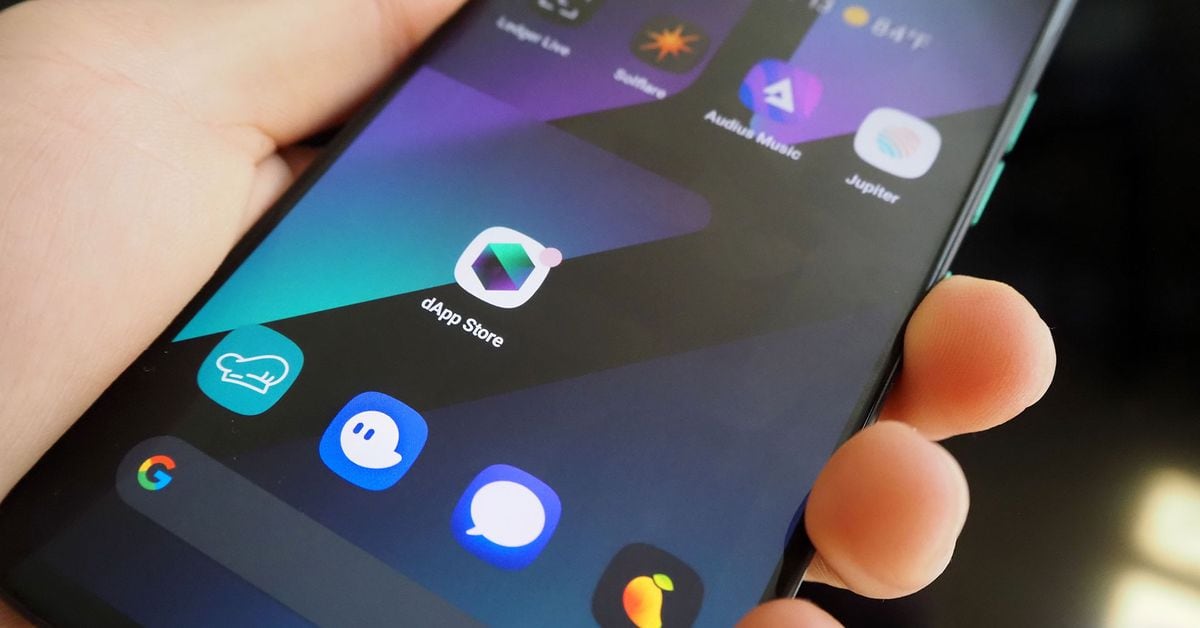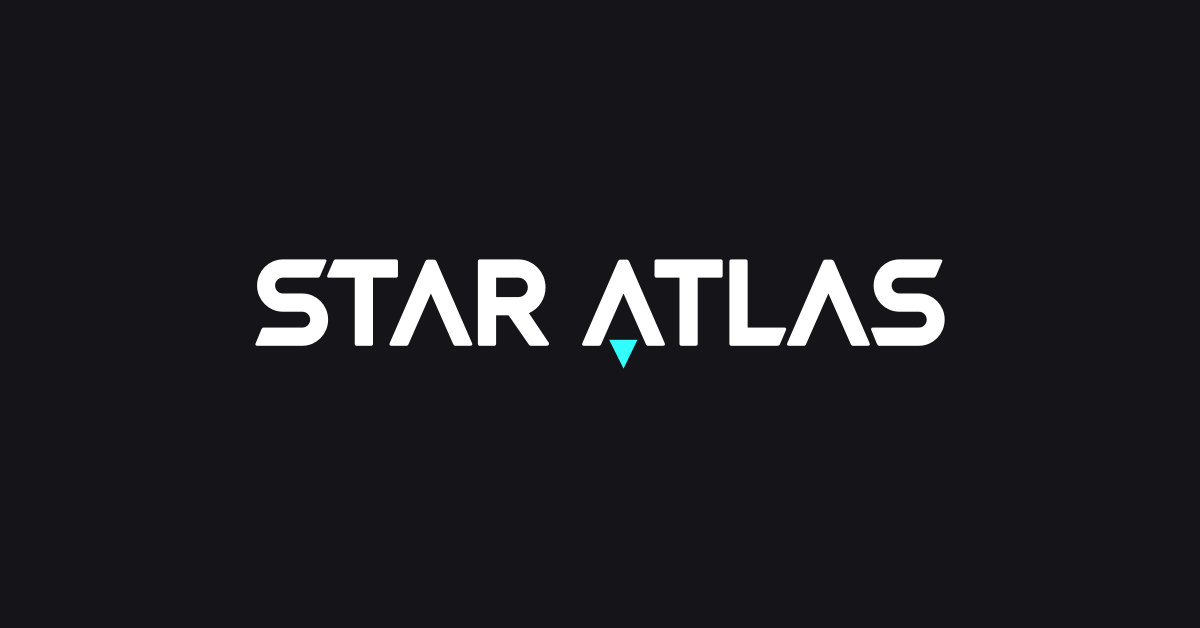...
Speaking to Cointelegraph at Solana’s annual Breakpoint conference in Amsterdam, the co-founder recounts a late-night brainwave of a “hyper-optimized, fast as possible” smart contract blockchain protocol.
“The use case that I was going after was for central limit order books, like how to run something that’s like the Nasdaq, but on a public permissionless blockchain,” Yakovenko explains.
Solana’s roots are intrinsically linked to Yakovenko’s journey as a computer engineer. Having spent the majority of his career at Qualcomm in San Diego alongside co-founder Raj Gokal, Yakovenko’s idea for the platform carries plenty of inspiration from that period of his life.
...
The impetus for the idea stemmed from a concept known as time division multiple access. As Yakovenko explains, the technology is tied to how cellular towers alternate transmissions based on time intervals.
His idea was to build a system based on technology that Stanford University researchers had been working on called a verifiable delay function. Yakovenko jokes that he thought he discovered something truly novel, which prompted him to begin working on a smart contract layer platform:Inspired by the advent of smart contract functionality pioneered by Ethereum, Yakovenko and his partners set out to develop a breakout application and use cases powered by smart contract functionality:“The intuition that I had was that once you have a way to track time in a decentralized way on a public permissionless blockchain, you could use similar optimizations that Qualcomm did for cellular networks.”Two years of work went into the engineering of Solana before its eventual launch in March 2020 ...“We wanted to build a hyper-optimized, smart contract platform that could give the benefits of trust-minimized computing but without the performance headaches or costs associated with alternatives.”
More:

Solana’s genesis story: Anatoly Yakovenko’s vision for a high-performance blockchain
Solana co-founder Anatoly Yakovenko explains the genesis story of the smart contract blockchain, which aims to build a hyper-optimized, fast-as-possible protocol.






